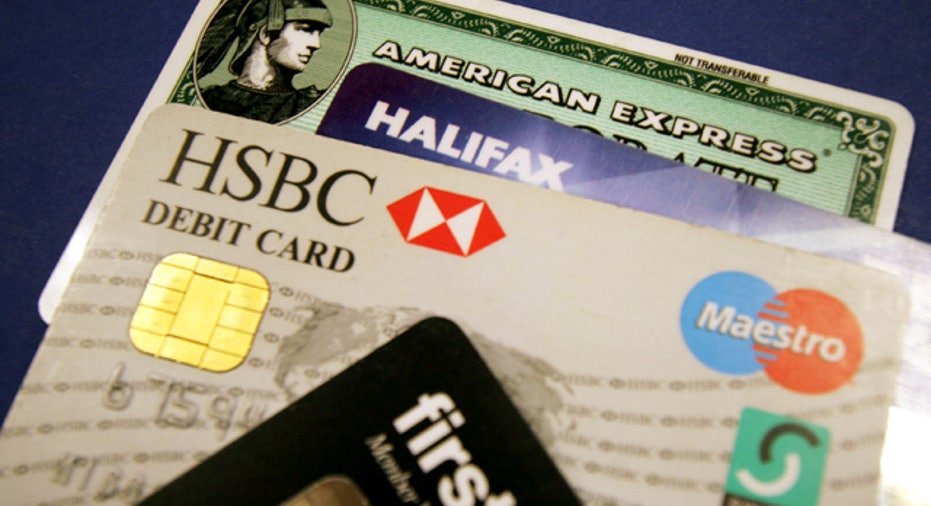Weigh All Costs Before Doing a Balance Transfer

Dear Opening Credits,
What is the best solution to try and pay off my Citi card? It's at 10% until October, and I have to call back so they don't increase it. Should I apply for a second card and do a balance transfer at 3%? I owe $15,000. Any advice would help. Thanks.
-Georgina
Dear Georgina,
I'm really horrible at math -- can't add a set of three digits together in my head to save my life. You'd think this slowness would impair my ability to provide sage personal finance advice, but that's not so! To learn whether transferring a balance makes sense, all I (and you) need to do is access a really good online calculator.
The Citi account that you have has a much better-than-average interest rate today, but you don't say what it might zoom up to after October. I'm going to assume, though, that you can convince the powers that be to keep it where it is.
I'm not quite sure from your question whether the "balance transfer at 3%" means your intro APR would be 3%, or your balance transfer fee would be 3%. But I'm going to assume it's the fee you're referring to, since 3% is a common fee, but not a common APR. In today's market, people with good credit can easily get a balance transfer card with a 0% introductory APR that lasts anywhere from six months to 21 months.
How much you can save with a balance transfer offer depends on the duration of the super-low promotional APR offer that the other credit card company is willing to extend, and the "go-to rate" -- the rate the card charges after the introductory period expires.
Even if it's a mere six months, you're still looking at a savings of at least $281 discount during that time. Why? With the 10% card, if you pay just a minimum payment of interest plus 1% of the balance, you'll pay $731 in interest during the six months. That balance transfer set you back $450. But look further out: If the interest rate increases to, say, 18%, you'll end up paying about $100 more each month after the promotional period is up. That doesn't sound too attractive to me -- the higher payments will quickly make the savings evaporate.
However, if the 0% interest rate sticks around for a year, you'll save nearly $1,000 before the rate shoots up. If it lasts 21 months, that's $1,900 in savings -- which is much more compelling. Again, these all assume you'll just make minimum payments.
Now, let's really ramp things up. To make the most of a balance transfer deal, you want to pay most if not all of the debt within that time frame. If you do that, you'll save a huge amount of money. For example, presuming the percent rate lasts a year, if you can manage to send $1,250 a month, you'll be debt free in a year, with total finance charges of $0. That's a free loan. Under the 21-month scenario, your "free loan" payment drops to $715 -- that's how much you'd need to send in monthly to pay off the $15,000 in 21 months.
See how it works? You have to look at the amount you'll be charged to card-hop, the number of months the new credit issuer gives you before upping the rate, and the amount of the go-to rate. To know, read the offer letter carefully. The lower the fee, the longer the promotion period and the lower the go-to rate, the better the deal.
You have to be certain that you are on the path to true solvency. While you're paying down what you owe, you'll want to be sure that you don't charge anything else. Plenty of people view a newly empty card as an invitation to spend, and then dive deeper into debt. It's easy to do, so don't. Construct a budget that allows you to live within your means and save for the future. Once the debt is down, you'll have a lot more to work with.
If you do switch teams, keep your old card open and active. Closing a credit card risks lowering your credit score. Also, if you place the balance on a card with a credit limit that's nearing the sum you're adding, your score will most definitely suffer until you reduce it at least by half. My opinion on this is that saving cash is usually more important than a dinged score, since those numbers will eventually rise with improved borrowing activity. Still, it's something to be aware of.
OK, now you should be ready to play with the numbers on that calculator. Simply add in the most accurate and complete information that you have for your current and new card, and determine how much you can pay monthly. With these numbers in, you'll soon have the answer you seek.
More from CreditCards.com: